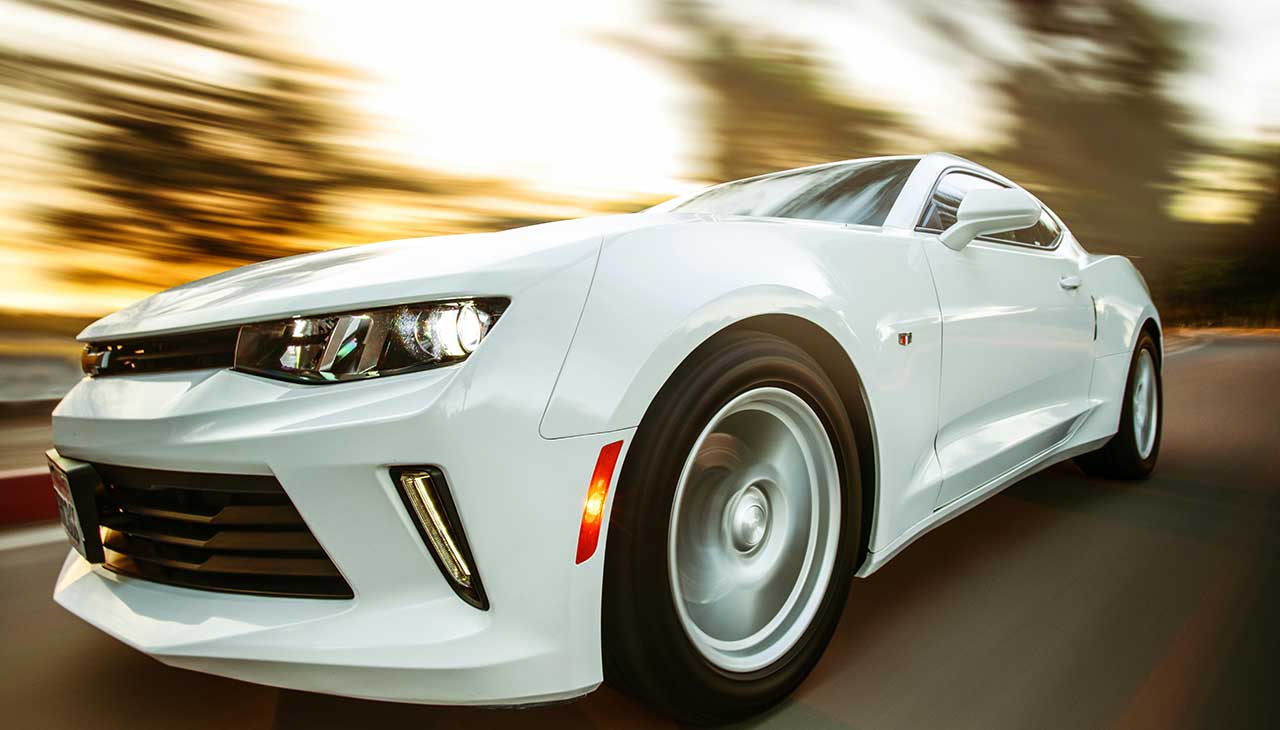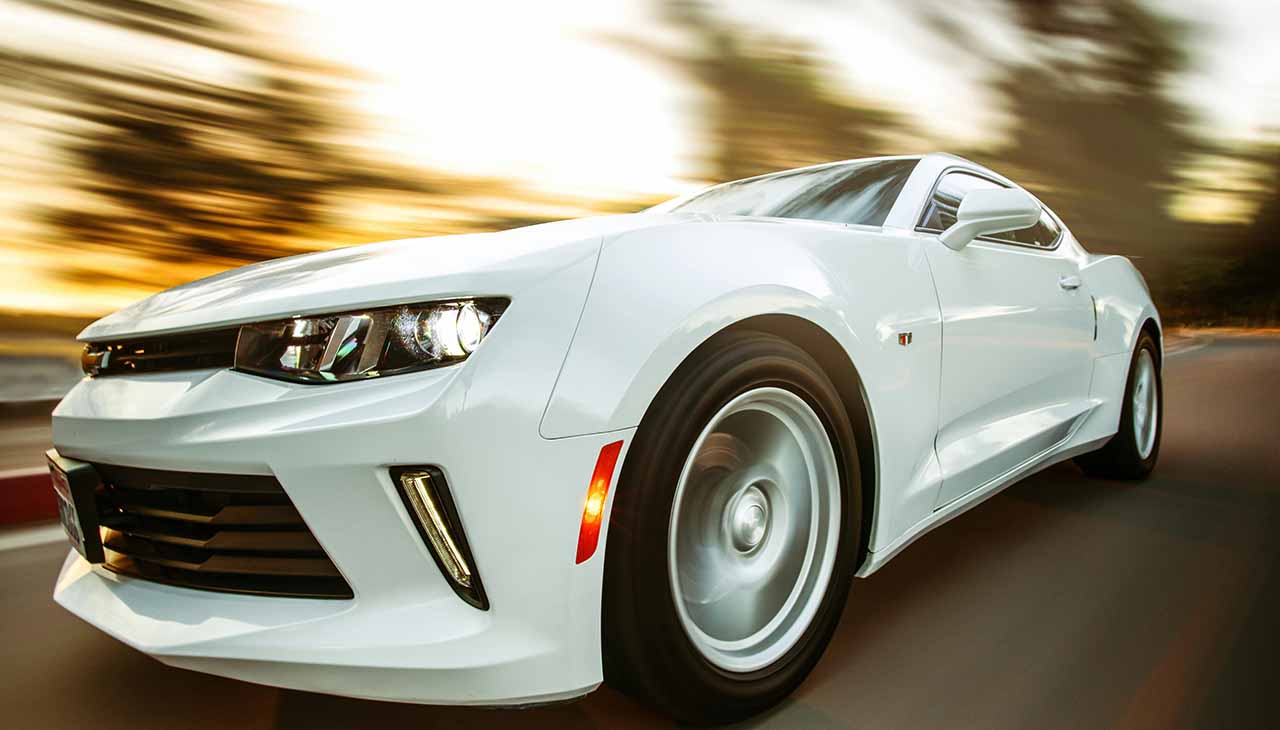Introduction
Choosing your first car is a monumental milestone. It’s more than just a mode of transportation; it’s a symbol of freedom and independence. However, this exciting decision comes with its fair share of challenges and responsibilities. For new drivers, as well as their parents and car enthusiasts, selecting the right vehicle involves balancing several critical factors.
In this guide, we’ll explore everything you need to know about choosing the perfect first car. From safety features and affordability to reliability and comfort, our comprehensive approach will ensure you’re fully informed and ready to make the best choice for your needs.
Factors to Consider
Safety Features
When it comes to choosing a car for new drivers, safety should always be a top priority. Modern vehicles are equipped with a plethora of safety features designed to protect occupants and prevent accidents.
- Airbags and Anti-lock Braking Systems (ABS)
Airbags and ABS are essential features that can significantly reduce the severity of injuries in the event of an accident. Airbags provide a cushion that helps protect the head and torso during a collision, while ABS prevents the wheels from locking up during hard braking, maintaining steering control.
- Electronic Stability Control (ESC)
ESC is another crucial safety feature for new drivers. It helps maintain vehicle control during skids by automatically applying brakes to individual wheels. This technology is particularly beneficial in adverse weather conditions, such as rain or snow.
- Advanced Driver Assistance Systems (ADAS)
ADAS includes features like lane-keeping assist, adaptive cruise control, and automatic emergency braking. These systems enhance a driver’s ability to maneuver and react to potential hazards, reducing the likelihood of accidents.
Affordability
Balancing the initial cost, running expenses, and insurance premiums is vital when selecting a first car. New drivers and their parents should focus on finding a vehicle that fits within their budget without compromising on essential features.
- Initial Purchase Price
The sticker price is the first hurdle. Look for affordable options that offer good value for money. Certified pre-owned vehicles can be a cost-effective choice, providing the benefits of a new car at a lower price point.
- Running Expenses
Fuel efficiency is a critical factor that impacts the long-term cost of owning a car. Smaller, fuel-efficient cars often have lower running costs, making them ideal for new drivers who may have limited budgets.
- Insurance Costs
Insurance premiums can vary significantly based on the make and model of the car. Vehicles with higher safety ratings and lower engine sizes typically attract lower insurance premiums, making them more affordable for new drivers.
Reliability
A reliable car ensures that new drivers spend more time enjoying their ride and less time dealing with breakdowns and repairs. Reliability plays a crucial role in providing peace of mind for both the driver and their parents.
- Brand Reputation
Certain brands are known for their reliability and longevity. Researching brands with a strong reputation for building durable vehicles can help narrow down your options.
- Maintenance Costs
Routine maintenance is an inevitable part of car ownership. Opting for a vehicle that is easy and inexpensive to maintain can save new drivers from unexpected expenses and headaches.
- Warranty and Service Plans
A good warranty and service plan can provide added security. Many manufacturers offer extended warranties and service packages that cover common repairs and maintenance tasks, ensuring your car remains in good working condition.
Size and Comfort
The size and comfort of a vehicle are important considerations, especially for new drivers who are still getting accustomed to driving.
- Compact Cars
Compact cars are often easier to maneuver and park, making them ideal for new drivers. They offer better fuel efficiency and are generally more affordable.
- Interior Comfort
Comfort is key for enjoyable driving experiences. Look for cars with adjustable seats, ample legroom, and ergonomic controls that cater to the driver’s needs.
- Cargo Space
Consider the amount of cargo space you’ll need. While a compact car might be easier to handle, it should still offer enough room for everyday items like groceries, sports equipment, or luggage.
Tips for the Decision-Making Process
Researching the Market and Making a Shortlist
Research is the foundation of a well-informed decision. Start by exploring various models and brands, paying close attention to reviews and ratings.
- Online Reviews and Ratings
Websites like Edmunds, Kelley Blue Book, and Consumer Reports provide detailed reviews and ratings for a wide range of vehicles. These resources can offer insights into a car’s performance, reliability, and value.
- Compare Specifications
Make a list of potential cars and compare their specifications side by side. Consider factors like fuel efficiency, safety features, and overall ratings to narrow down your options.
- Attend Auto Shows
Auto shows are a great way to see a variety of models in one place. They provide an opportunity to explore different cars, ask questions, and gather information directly from manufacturers.
Seeking Advice from Trusted Sources
While research is essential, seeking advice from experienced drivers and trusted sources can provide additional perspectives and insights.
- Consult Family and Friends
Experienced drivers, such as parents or older siblings, can offer valuable advice based on their own experiences. They may also accompany you on test drives to provide a second opinion.
- Car Enthusiast Communities
Online forums and communities, such as Reddit’s r/cars or dedicated Facebook groups, can be invaluable resources. Members often share their experiences, recommendations, and tips for first-time car buyers.
- Professional Advice
Don’t hesitate to seek advice from professionals, such as car sales representatives or mechanics. Their expertise can help you understand the pros and cons of different vehicles.
Test Driving Potential Cars
Test driving is a crucial step in the decision-making process. It allows you to experience the car firsthand and assess its comfort, handling, and overall feel.
- Schedule Multiple Test Drives
Test drive multiple cars to compare how each one feels. Pay attention to factors like visibility, ease of handling, and comfort during these test drives.
- Assess Personal Comfort
Ensure the car’s controls are easily accessible and comfortable to use. Adjust the seats, mirrors, and steering wheel to find a driving position that suits you.
- Evaluate Handling and Performance
Take the car on different types of roads to evaluate its performance in various conditions. Test its acceleration, braking, and maneuverability to ensure it meets your driving needs.
Common Mistakes to Avoid
Overlooking Safety Features for Aesthetic Appeal
It’s easy to be swayed by a car’s looks, but prioritizing aesthetics over safety can be a costly mistake.
- Focus on Safety First
Always prioritize safety features over cosmetic enhancements. A car that looks good but lacks essential safety features is not worth the risk.
- Avoid Flashy Modifications
Flashy modifications, such as oversized wheels or loud exhaust systems, can compromise a car’s safety and performance. Stick to factory-standard features that enhance safety and reliability.
- Balance Looks and Functionality
While it’s important to choose a car you love, ensure it meets all your safety and functional requirements. Strike a balance between aesthetics and practicality.
Ignoring the Long-Term Cost of Ownership
The initial purchase price is just one aspect of the total cost of owning a car. Ignoring long-term costs can lead to financial strain.
- Consider Fuel Efficiency
Fuel costs can add up over time. Choose a car with good fuel efficiency to minimize your ongoing expenses and reduce your environmental impact.
- Maintenance and Repairs
Regular maintenance and unexpected repairs are part of car ownership. Opt for a car with a reputation for low maintenance costs and easy-to-find parts.
- Depreciation Rates
Some cars depreciate faster than others. Research the depreciation rates of your shortlisted models to understand how their value will change over time.
Rushing into a Decision Without Thorough Research
Buying a car is a significant investment, and rushing into a decision can lead to regrets.
- Take Your Time
Don’t rush the process. Take the time to thoroughly research your options and consider all factors before making a decision.
- Avoid Pressure Sales Tactics
Salespeople may use pressure tactics to close a deal quickly. Stand your ground and make sure the car you choose meets all your requirements.
- Revisit Your Shortlist
Revisit your shortlist and weigh the pros and cons of each option. This will help you make a well-informed decision that you won’t regret later.
Conclusion
Choosing the perfect first car is a significant decision that can impact your driving experiences and safety for years to come. By considering factors like safety features, affordability, reliability, and comfort, and by following a thorough decision-making process, you can make an informed choice that meets your needs and budget.
Remember, your first car is more than just a vehicle—it’s a stepping stone to greater independence and freedom. Take the time to choose wisely, and you’ll enjoy many safe and enjoyable miles on the road.
For more personalized advice and expert guidance, feel free to reach out to our team of car enthusiasts who are always ready to help you make the best choice. Happy driving!


